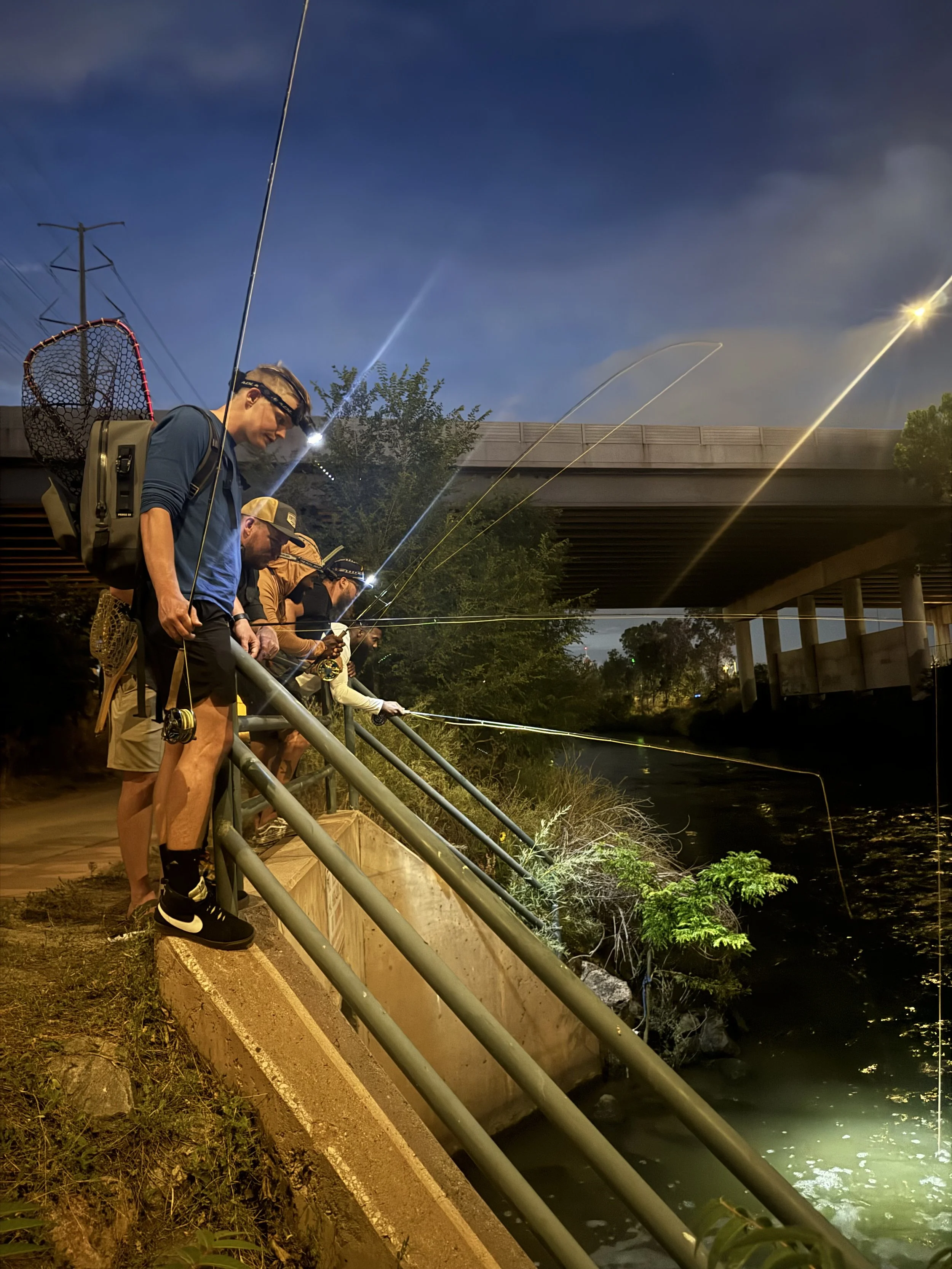Help Protect an Area Vital to Western Colorado Fisheries

Senator Michael Bennet recently introduced draft legislation to protect the area known as the Thompson Divide, near Carbondale, Colorado. The bill is being labeled as a discussion draft with the intent of gathering public input before formally introducing it in the Senate.
Many of you may ask why this area matters to TU? That’s a good question with several answers. First and foremost, the Thompson Divide contains several genetically pure populations of cutthroat trout known as conservation populations. These populations are used as a pure source for repopulating areas where cutthroat have been extirpated and need to be restored. Second, the Thompson Divide is, in part, the headwaters to no less than four major rivers – the Crystal, the N. Fork of the Gunnison, the Colorado and the Gold Medal waters of the Roaring Fork. Third, the area is a premier hunting destination in Colorado. And finally, the Roaring Fork Valley has a decades-old sustainable, recreation-based economy that can remain so, as long as the pristine landscapes that attract anglers, hunters and other outdoor enthusiasts remain intact.
The next question you’ll likely ask is what does this legislation intend to do and why? The legislation aims to permanently withdraw the area from future oil and gas development and provide a mechanism for current lease holders to divest in an equitable manner. For those of you who follow TU across the country, you may remember similar situations we worked on in Wyoming, Montana and New Mexico. The result in those three areas was legislation that did essentially the same thing Senator Bennet seeks to do in the Thompson Divide. The issue is salient right now because the area is under imminent threat to be developed. Citizens, conservationists, sportsmen, ranchers and recreationists are all in the midst of working towards averting any sort of development in the area due to its pristine nature and importance to the Roaring Fork Valley’s outdoor based economy and traditional pastimes.
Lastly, I’m sure you’re clamoring to aid in this effort right away. Well, there’s a way for you to do so. Senator Bennet’s office has set up a website that has maps, a copy of the bill and allows citizens to provide input. I suggest you go to this link and provide meaningful input that explains to the Senator’s office why this is important to you and that there are much more suitable and less pristine areas to develop our domestic resources. Here is the link: http://www.bennet.senate.gov/thompsondivide
We have also set up a couple of resources for your use. For more information got to: www.sportsmenfortd.org or search for Sportsmen for Thompson Divide on Facebook and be sure to like the page so you’ll receive updates. If you could not find something you were looking for or just want more information, please call or email Aaron Kindle at akindle@tu.org or 303 868-2859.











